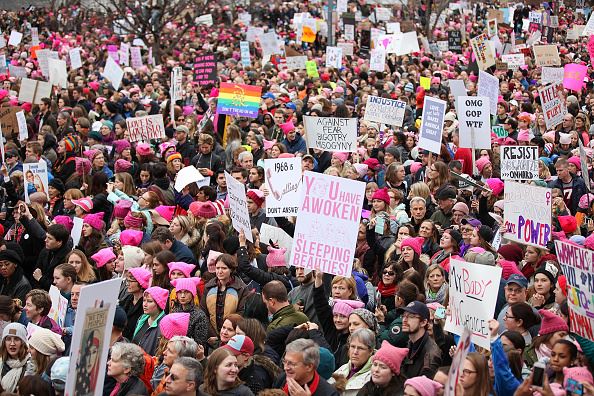Are we ready to admit that the lockdowns were an overreaction? That the indignities, absurdities, and enormities we suffered in 2020 were largely pointless? Or is it still too painful?
The nomination of Dr. Jay Bhattacharya to lead the National Institutes of Health does not, of itself, represent a sea change. President-elect Donald Trump likes making contrarian picks. However, I have been struck by how circumspect the criticism of the Stanford University physician has been.
During the pandemic, Bhattacharya, who argued from the start that we should shield the vulnerable rather than confining everyone at home, was a hate figure for the medical establishment. Supporters of his Great Barrington Declaration were treated as kooky cultists, comparable to QAnon conspiracy theorists, too extreme to merit serious refutation. What has changed?
No one says so in as many words, but the facts have vindicated Bhattacharya. If you chart the excess mortality rates of different U.S. states according to the severity of their restrictions, you find no correlation. Those governors who refused to order mass house arrest did not preside over the fatalities that the medical establishment forecast in March 2020.
According to the Centers for Disease Control and Prevention, Florida, where shops and offices remained open, had a lower excess death rate than hypersensitive California, which had arguably the longest and strictest lockdown of any state.
Excess mortality is a number that you can’t fudge. Around the world, COVID-19 fatalities were measured differently. Did people die of COVID-19 or with it? In countries with underdeveloped healthcare systems, it was sometimes impossible to establish the cause of death at all.
However, there is one metric that can be applied uniformly. We know how many people in any nation died over the previous three years, we can estimate how many should have died the following year, and we can see whether the real number is higher or lower.
Looking at those figures, any lingering arguments for lockdowns disappear. The country with the lowest excess mortality rate in Europe was Sweden, which defied the international pressure and remained open.
On some level, we know it. Deep down, we understand that lockdowns were unhealthy. Quite apart from the debt, inflation, and taxes they necessitated, they delayed screenings and checkups and kept people from outdoor exercise.
However, are we prepared to follow through with the logic and denounce the lockdowns, which, according to every test of opinion, a large majority of us supported at the time? That’s a different question.
When I remind my neighbors in Britain about the horrors we suffered — the police in one English county sent drones up to follow solitary hikers and poured dye into a lake to mar its appeal as a beauty spot — the most common response is, “I don’t like to think about it.”
It is an understandable reaction. However, lockdowns revealed a huge structural flaw in our public health structures around the world. Having initially panicked and ordered an overreaction, the medical authorities refused to adjust to the facts, instead sticking to their original alarmism and smearing any epidemiologists who dissented.
Bhattacharya was traduced by fellow professionals and blacklisted by X, formerly Twitter. The then-director of the NIH, Francis Collins, told Anthony Fauci that there should be a “quick and devastating published takedown” of the “fringe epidemiologists” associated with the Great Barrington Declaration.
The essence of science is open-mindedness, a willingness to be guided by data. However, in 2020, this principle went out of the window, as health advisers fitted the data around their opening assumptions.
We were told to follow “The Science”. It was considered antisocial even to ask questions. However, questions are what we mean by the scientific method. If a proposition is not falsifiable, it is not science.
Far from following the science, we were governed by motivated reasoning. Rising infection rates, we were told, meant that lockdowns needed to be kept in place while falling rates meant that they were working and so should be kept in place.
The damage to the reputation of the authorities is hard to exaggerate. Because we were told lies, however well intentioned, about the danger of the virus, and about the ability of vaccines to prevent transmission, a lot of people gave up believing anything their government said. A few became outright conspiracy theorists.
Bhattacharya now has an opportunity to restore the legitimacy of the scientific establishment. He can make NIH grants dependent on open-mindedness, empiricism, and a readiness to interrogate the consensus. His may turn out to be the most important nomination of all. It’s not often I get the chance to say this, so here goes. Good call, Trump.
Source: The Washington Examiner













No comments.
By submitting a comment you grant Free West Media a perpetual license to reproduce your words and name/web site in attribution. Inappropriate and irrelevant comments will be removed at an admin’s discretion. Your email is used for verification purposes only, it will never be shared.